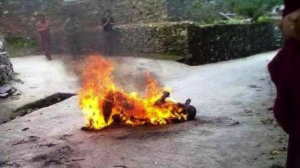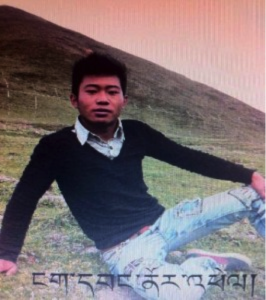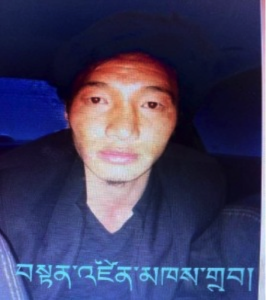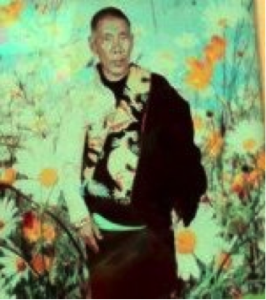Name: Lobsang Tsultrim
Age: 21
Sex: Male
Profession: Monk at Kirti Monastery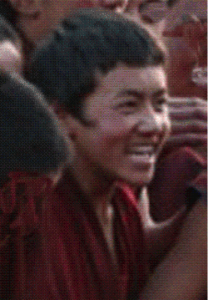
Date of Self-immolation: 6 August 2012, around 5:05 pm (local time)
Location: Ngaba town in Ngaba, Amdo, Northeastern Tibet
Current whereabouts/wellbeing: Deceased According to a statement released by the exile Kirti Monastery in Dharamshala, “Lobsang Tsultrim set himself on fire and began running down a street near Kirti Monastery, now renamed ‘Martyr Street’…He was knocked down to the ground and the fire was extinguished by Chinese special armed forces stationed there.” With flames leaping out of his body, the young monk was heard raising slogans, but they were almost inaudible. A Tibetan from the locality told Kirti monks in Dharamshala that Lobsang Tsultrim was still alive when the police took him away. He was taken to the local government hospital, and then removed to an undisclosed location. Reports that came out of the region later confirmed that the young monk breathed his last at around midnight the same day. The Chinese authorities refused the family members’ request for Tsultrim’s body, instead hastily carrying out a cremation and handing over the ashes to the family. Lobsang Tsultrim, son of Tsewang and Donkar Kyi, is a native of Ngaba. Born in Ryiwa village, Cha Township, he joined Kirti monastery when he was very young. He was a classmate of Phuntsog, who self-immolated on 16 March 2011, and is said to have loved playing basketball. Lobsang Tsultrim is said to have suffered a great deal and may have been detained following the crackdown in Ngaba after 16 March 2008, when at least ten Tibetans were killed by Chinese troops during a peaceful protest.

